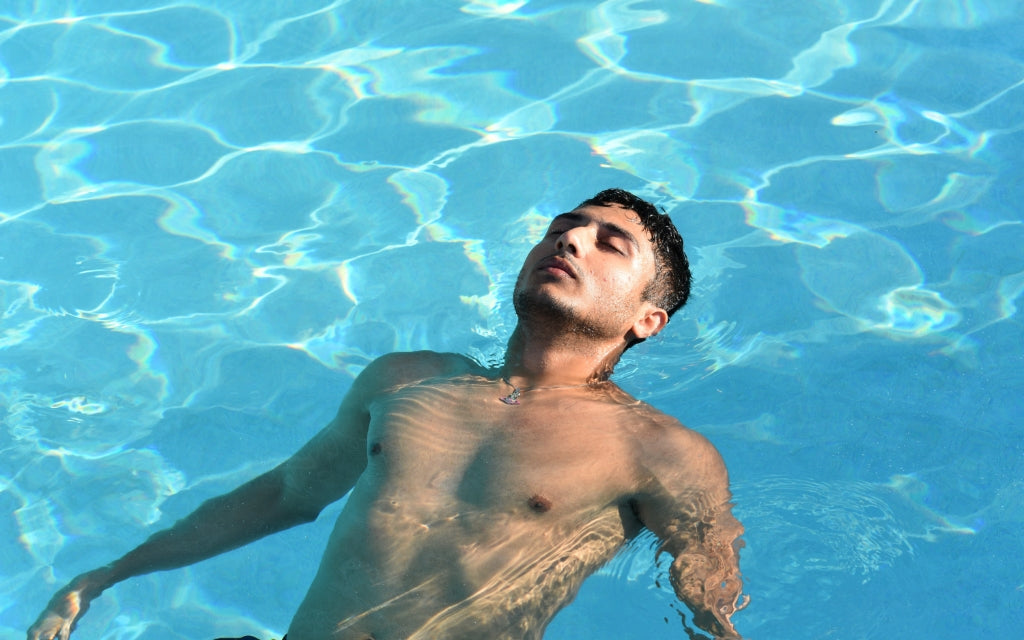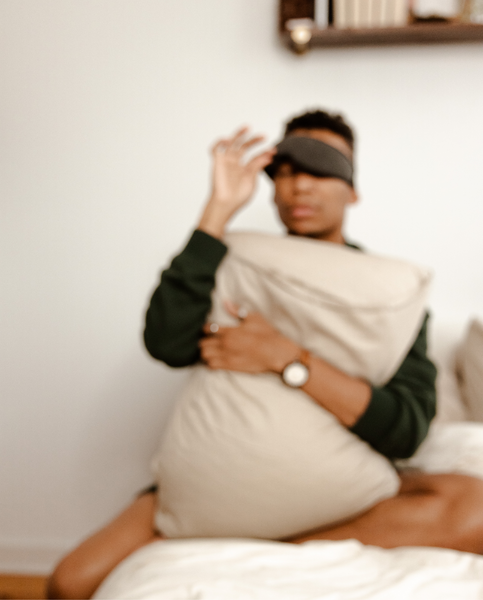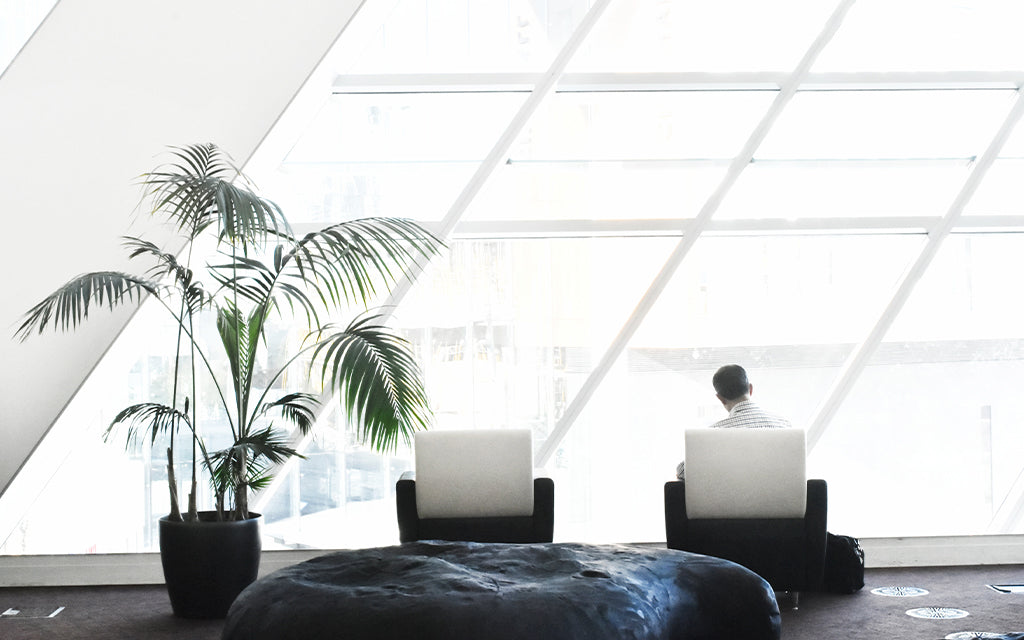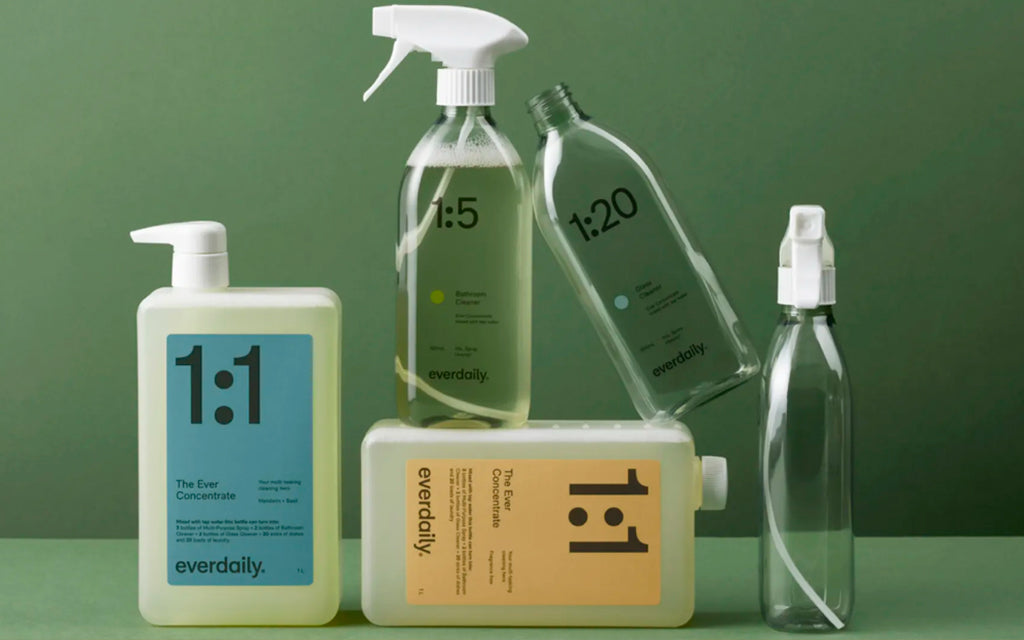Hi Stephanie, can you introduce yourself and your work?
Hi! I’m Stephanie, the founder of The New Happy. We exist to help teach a new philosophy of happiness, one that’s grounded in using your gifts to serve the world. We share our philosophy in a number of ways: through artwork on Instagram and other social media channels, a weekly newsletter, a weekly podcast, corporate speaking and workshops, and an upcoming book!
Wellbeing has been a significant part of both your personal and professional journey for years, hasn’t it? Can you shed a little light on what that trajectory looked like? How did those two worlds converge?
I personally had an unhelpful conceptualization of happiness, and as a result, I found myself in my early 20s, having achieved all of my external goals, yet experiencing a profound sense of unhappiness, as well as a host of physical and mental challenges. I wondered how I could have gotten so confused and lost, which led me to graduate school to study positive psychology. There, I developed the main philosophy underpinning The New Happy, looking at happiness from a scientific perspective. After graduate school, I went to work for Arianna Huffington’s Thrive Global, where I led the development of wellbeing programs. I eventually decided I wanted to devote myself to sharing our philosophy more broadly and left to focus on The New Happy full-time!
In our first discussion, you shared a little about how—while there’s a lot out there to help people—you didn’t quite find something that really resonated with you on your own healing journey. Before understanding how you took it upon yourself to resolve that, can you share a little about what you thought was missing? Or, think is missing?
So much of the way we talk about wellbeing is absent of context. We think about it as something that resides within an individual alone. But what I learned, both personally and through the research, is that that of course isn’t true. We are profoundly affected by our contexts, relationships, and experiences, and they deserve the same quality of attention and care that our relationship with ourselves does. That’s something I’m trying to offer with my work – a recognition that we are connected, embedded in an ecosystem, and in relationship with it all.
The strong—and ever-growing—community on The New Happy is proof that you weren’t alone in that feeling. But the very early stages of The New Happy were actually a way for you to work through your own personal journey, no? What was it about visualizing complex concepts that felt powerful for you?
I truly still feel surprised (and so grateful!) that these abstract images connect with other people. I have always loved art and design, but only as a consumer – I never thought it was something that *I* could do. I have always had certain feelings about shapes, colors, and layouts, and about what they represent and mean. I thought that, given I was trying to communicate a new philosophy, I wanted to represent it in a new way. I started playing around with these designs to figure out what might work. It took a lot of trial and error to figure out what worked for me, but also was understandable by others. I think of the work as being a visual way of surfacing experiences that we all share – our common humanity.
As a group of designers first, turned self-care advocates second, we’re so curious about your process. You translate really complex concepts into powerful, bite-size graphics. What does that look like for you? Do you collect references to difficult situations and then work in bursts? Or do you reflect on your own internal work and then tackle ideas one by one? We’d love to hear how you organize your art.
I usually start the creation process with our community. Every week, I ask what is going on and what they need help with. From there, I’ll scan the responses and try to figure out if there are common themes that we can address or challenges that seem to be cropping up more than usual. I’ll identify a few of them where I think our philosophy can help, and then if I need, will dig into the scientific research to see what the studies say about addressing it. From there, I’ll go to a sketchpad and start mapping out visual ideas. It’s a bit like doing a puzzle in my head, trying to triangulate what the research says, how to distill it to something actionable, and how to represent it visually. Most pieces go through multiple iterations (some posts have taken me more than three months to figure out!), but there are a few that have just magically appeared in my head fully formed – those are a delight!

Your work has impacted so many lives—it’s incredible! That being said, it’s common that an empathetic mission and the pressures of social media can lead to a significant amount of pressure. As we know, these can compromise your own mental health and happiness. How do you manage that reality? What boundaries do you have in place to protect yourself?
That is so kind. Thank you. I truly get so much energy and joy from what I do. I am so lucky to have the opportunity to do this work that I love, and it gives me so much back.
After spending so many years immersed in the research, I know both intellectually and from my own experience, that wellbeing is the platform on which everything else is built. I think we all have our own recipe for what we need to set ourselves up, and it changes as we do as well.
As for me, I have a few things that really support me. Sleep is essential for me (and for those around me; anyone in my life will tell you I am not my best without it!) I also have a pretty high need for quiet and alone time. It’s how I recharge, but also how I do my work – the best thing for my wellbeing is to go for a long walk with my dog, with no music or podcast, just thinking through ideas and work.
***
An expert in wellbeing, Stephanie founded The New Happy based on her Master’s thesis in Applied Positive Psychology at the University of Pennsylvania. The New Happy reaches over 3 million people a month, teaching them a new philosophy of happiness.
Her book, THE NEW HAPPY, is forthcoming from Penguin Random House. Her expertise has been featured in Architectural Digest, Brit+Co, Bustle, Design Milk, FastCompany, Forbes, Greatist, The Huffington Post, Paper, Shondaland, Tatler, Well+Good, and Verywell.
You can reach her on her website, LinkedIn, Instagram, and via email.
Don’t let your self-care routines go stale—stay inspired!
Hear from the world’s coolest creators, makers, and entrepreneurs. Peek into their routines via their read, watch, listen list and get inspired by longer-form pieces that explore a self-care topic they’ve been pondering. Sign up to get the next edition straight to your inbox and join the Rest Revolution.]]>













































































































